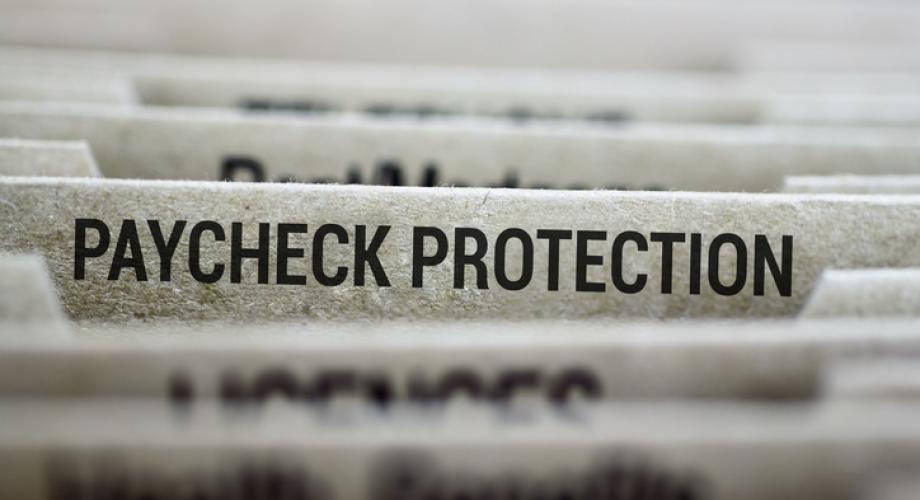On December 27, 2020, President Donald Trump signed the Consolidated Appropriations Act, 2021 into law. Under the provisions of the funding bill, new life was resuscitated into the Paycheck Protection Program (PPP), first established under the Coronavirus Aid, Relief, and Economic Security (CARES) Act. The PPP, an almost $700 billion Small Business Administration (SBA) lending program for qualifying businesses nationwide, had been shuttered since August after backing more than $500 billion in potentially forgivable business loans aimed at maintaining payroll and ensuring other routine expenses.
Perhaps the most significant amendment to the PPP is the ability for borrowers who have already received or used an initial PPP loan to apply for an additional or “second draw” loan through March 2020. Initial loans will still be made available to first time borrowers and follow original PPP application requirements. To obtain a second PPP loan, borrowers must:
- Employ no more than 300 employees;
- Demonstrate no less than a 25% reduction in revenue during any calendar quarter of 2020 compared to the same calendar quarter in 2019;
- Certify in good faith the necessity for such a loan; and
- Use or plan to use the full amount of their initial PPP loan by the disbursement date of the second draw loan.
The new funding bill makes several additional modifications to the program, streamlining the PPP application and expanding the utilization of PPP proceeds. Like the original PPP loan, at least 60% of a second draw PPP loan’s proceeds must be used on payroll costs to qualify for forgiveness. The remaining proceeds can be used on other eligible expenses, which now include certain operation expenditures, property damage costs, supplier costs and worker protection costs. Borrowers are also given the flexibility to start their covered period for forgiveness eight weeks after disbursement of their loan and end the covered period 24 weeks after disbursement.
For borrowers seeking loans of $150,000 or less, a new forgiveness application will be introduced. The simplified forgiveness process will include signing a 1-page certification indicating the number of employees retained because of the loan, the loan amount used on payroll costs and the total loan value. Borrowers may still be subject to SBA audit.
The funding bill also includes critical tax provisions clarifying that a borrower may, in fact, deduct PPP funds that would otherwise be forgiven under the provisions of the program. This comes after the Internal Revenue Service issued a rule last year stating that borrowers would not be able to deduct forgiven PPP funds, despite the CARES Act’s original intention to allow the deduction.
While the new iteration of the PPP does allow greater access for certain business concerns that were once excluded from the program, multifamily firms still remain largely excluded from securing resources granted by the PPP. Congress has demonstrated a willingness to develop the PPP into a business lending program that provides substantive and effective support to borrowers. The National Apartment Association (NAA) continues to urge Congress to make the PPP a program accessible for all businesses, as was its original intent. To do so, Congress must:
- Reverse the PPP Interim Final Rule to expand eligibility to all multifamily housing firms. Access to the PPP will ensure that owners and operators continue providing a high level of service and consistent care for the millions of Americans living in rental housing.
- Amend the CARES Act to include multifamily housing businesses in the provision granting eligibility for businesses with more than 500 employees operating across multiple physical locations. Our industry operates under similar business models as those industries already granted eligibility by this provision.
To prepare for the application process to reopen, learn more about the PPP program, Economic Injury Disaster Loans (EIDLs) and other funding sources available to the industry through the SBA on its website. For more information on NAA’s PPP advocacy efforts, please visit NAA’s Policy Issue Page or contact Sam Gilboard, Manager of Public Policy.
